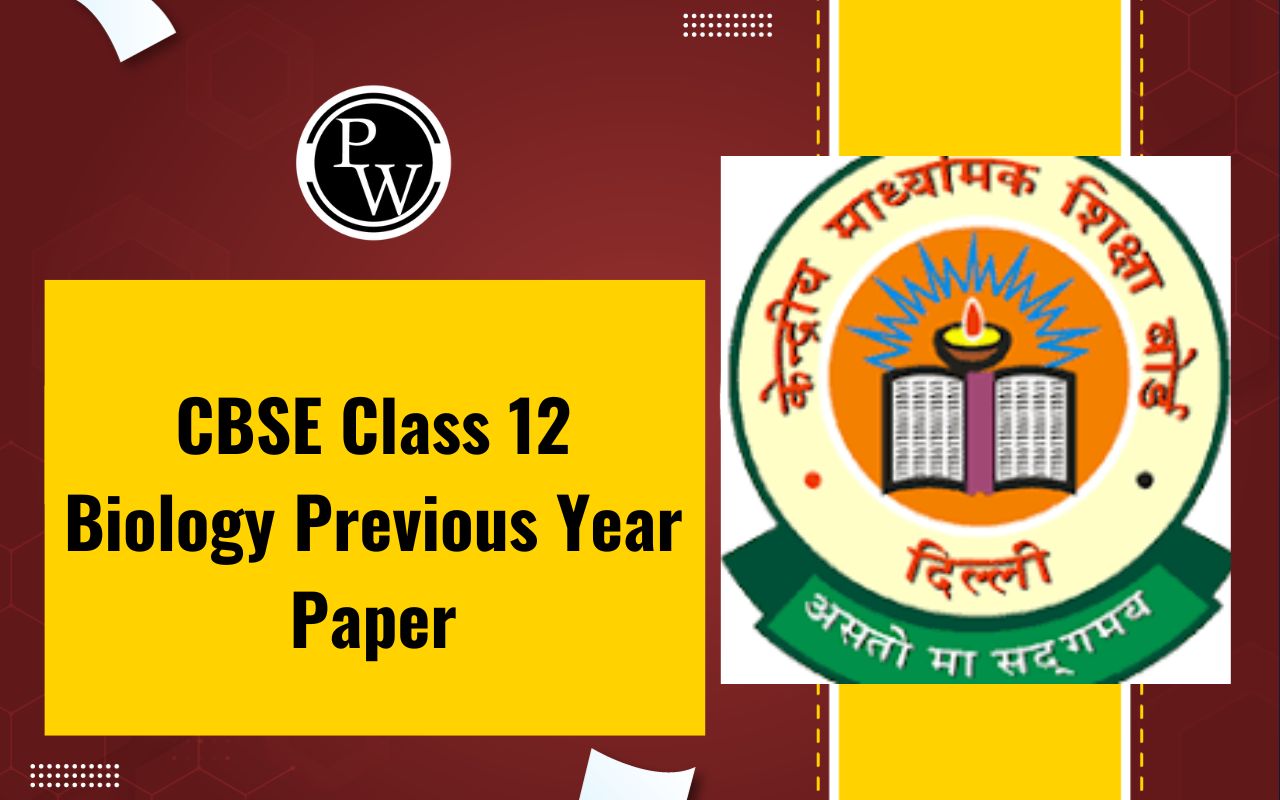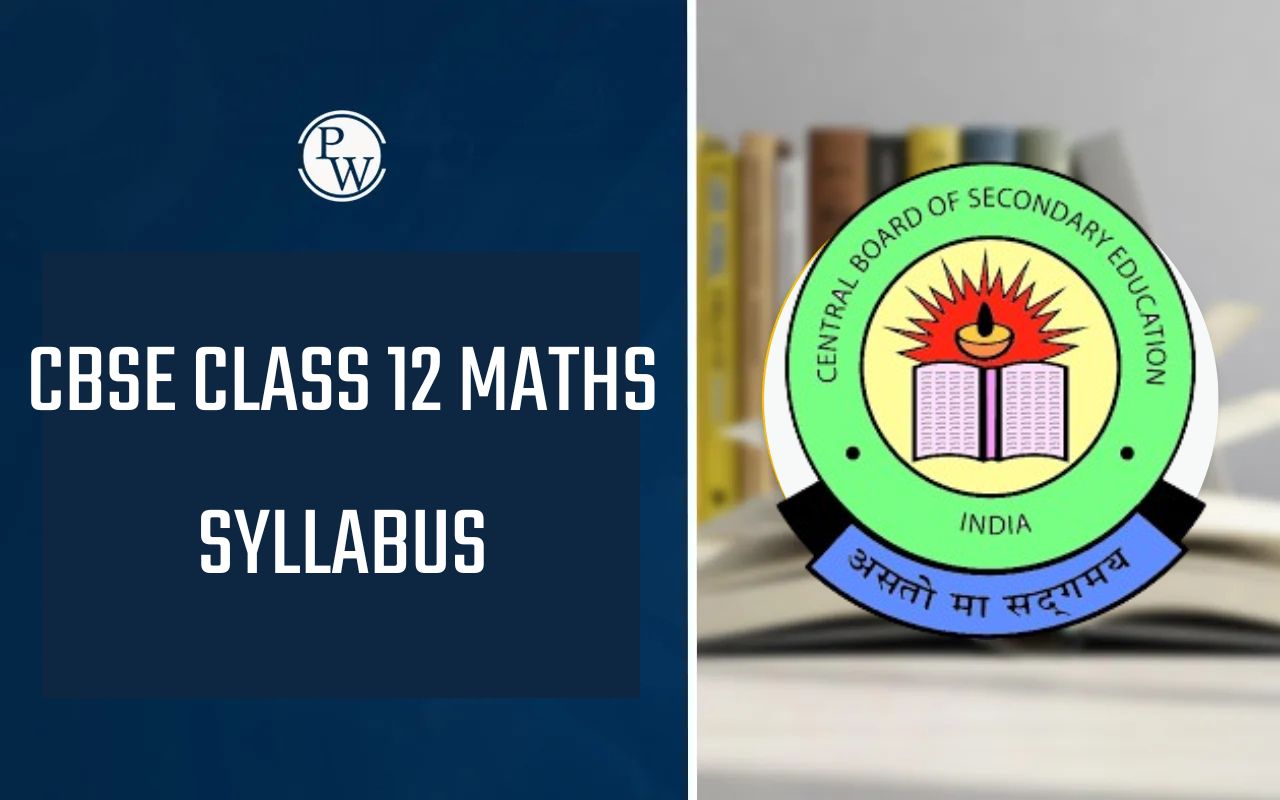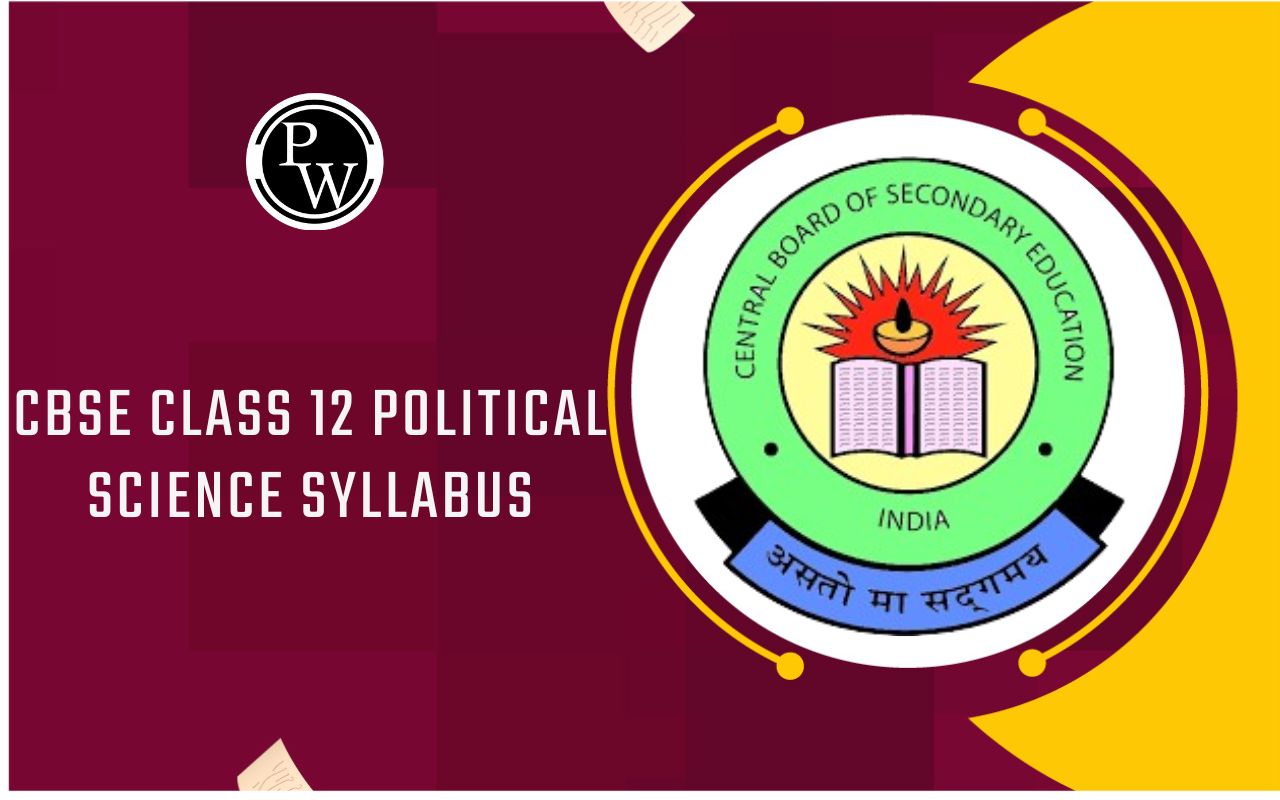
CBSE Class 12 Biology Sample Paper 2024-25: The CBSE Class 12 Biology Sample Paper 2024-25 has been released by the Central Board of Secondary Education (CBSE) to help students in their preparation for the upcoming board exams. This sample paper is an important resource for students to understand the exam structure, types of questions and marking scheme.
By practicing with the Class 12 sample paper students can identify key topics and concepts that are important for their studies especially as biology plays a important role in both academic assessments and medical entrance exams. With a focus on conceptual clarity and application of knowledge, solving the CBSE Class 12 Biology Sample Paper is an effective strategy for students to enhance their understanding and performance in the subject ensuring they are well-prepared for the challenges ahead.CBSE Class 12 Biology Sample Paper 2024-25 Overview
Here is the overview of CBSE Class 12 Biology Sample Paper 2024-25-| CBSE Class 12 Biology Sample Paper 2024-25 Overview | |
|---|---|
| Title | Details |
| Released By | Central Board of Secondary Education (CBSE) |
| Class | 12 |
| Subject | Biology |
| Academic Year | 2024-25 |
| Purpose | Helps students practice for board exams and understand the exam format. |
| Benefits | Familiarizes students with types of questions, marking scheme, and enhances exam preparation. |
CBSE Class 12 Biology Sample Paper 2024-25
The CBSE Class 12 Biology Sample Paper 2024-25 has been officially released to assist students in their preparation for the upcoming board exams. This sample paper comes with an official PDF, which includes both the sample questions and their solutions. This resource is designed to help students understand how to approach and effectively answer exam questions. The CBSE has released the official marking scheme which outlines the weightage assigned to each section of the biology board exam. This allows students to grasp the importance of various topics and allocate their study time accordingly. By thoroughly reviewing and practicing the CBSE Class 12 Biology Sample Paper 2025 , students will familiarize themselves with essential concepts and questions that are likely to appear on the actual exam.Biology Sample Paper Class 12 2024-25 PDF Download
Students preparing for the CBSE Class 12 Biology exam can download the 2024-25 Sample Paper, along with its marking scheme and solutions from the links provided below. This sample paper are a valuable resource for understanding the exam format and familiarizing themselves with the types of questions that will be asked.Biology Sample Paper Class 12 2024-25 SQP
Biology Sample Paper Class 12 2024-25 Marking Scheme
Practicing with the sample paper will help students enhance their exam preparation, identify important topics and improve their time management skills during the actual exam. By reviewing the marking scheme and solutions students can also gain insights into how to effectively structure their answers to achieve maximum marks.Biology Sample Paper Class 12 2024-25 with Solutions
The CBSE Class 12 Biology Sample Paper 2024-25 is an important resource for students preparing for the 2025 board exam. Below are sample paper questions to help students practice effectively.Q) Signals for parturition in human female originate from
A. Fully developed foetus only
B. Both placenta as well as fully developed foetus
C. Placenta only
D. Oxytocin released from maternal pituitary
Q) To produce 1600 seeds, the number of meiotic divisions required will be
A. 2400
B. 2000
C. 1600
D. 1800
Q) A sample of normal double-stranded DNA was found to have thymine content of 27%. What will be the expected proportion of guanine in this strand?
A. 23%
B. 32%
C. 36%
D. 73%
Q) In E.coli, the lac operon gets switched on when lactose is
A. present in the medium and it binds to the repressor.
B. not present in the medium and the repressor binds to the operator.
C. not present in the medium and RNA polymerase binds to the operator.
D. Active lactose present in the medium binds to RNA polymerase.
Q) Which of the following features shows the mechanism of sex determination in honey-bee?
(i) An offspring formed from the union of a sperm and egg develops as a female.
(ii) Males have half the number of chromosomes than that of female.
(iii) The males are haploid having 32 chromosomes.
(iv) All workers and males are diploid having 16 chromosomes
A. (i) and (ii)
B. (ii) and (iii)
C. (i) and (iv)
D. (ii) and (iv)
Q) The following diagram shows a fragment of DNA which is going to be transcribed, the upper strand with polarity 3’ to 5’ is the template strand:
3´ ATTGCC 5´
5´ TAACGG 3´
After transcription the mRNA can be represented by:
A. 5´ AUUGCC 3´
B. 5´ AUUGCC 3’
C. 5´ UAACGG 3´
D. 5´ GGCAAU 3´
Q) Idli – dosa dough rises due to production of which of the following gas?
A. CO
B. CO2
C. NO
D. NO2
Q) Adaptive radiation leads to which of the following?
A. Increased competition among species
B. Decreased speciation rates
C. Limited morphological diversity among species
D. Rapid divergence of traits among populations inhabiting a given geographical area.
Q) During the secondary treatment of sewage, which of the following change in the effluent occur due to flocs?
A. Reduction in BOD
B. Increase in BOD
C. Decrease in DO
D. No change in DO or BOD
Q) (i) A blood test reported negative for hCG. What does negative hCG imply? Name the tissue which produces hCG?
(ii) If a blood test reported positive for hCG in a person, then which other hormones would also be secreted by the tissue secreting hCG?
Q) (i) The human male ejaculates about 200 to 300 million sperm during a coitus, however the ovum is fertilized by only one sperm. How does the ovum block the entry of additional sperms?
(ii) All copulations will not lead to fertilization. Why?
Q) A culture plate of Lactobacillus shows blue-coloured colonies and colourless colonies. Explain the principle involved in the formation of such variance in the colour of colonies.
Q) (i) It was estimated that if an evergreen forest has a GPP of 400J/m²/day and 150 J/m²/day worth of carbon dioxide flows out of that forest, what is the NPP in that forest?
(ii) Explain why pyramids of energy must always be upright.
Q) Each Mango fruit contains one seed. Two mango seeds, X and Y were sown in the soil. From Seed X, 3 plant saplings germinated but from seed Y only 1 plant sapling germinated.
A. For seed X which is apomictic, calculate the number of:
i) Embryo(s)
ii) Embryo sac(s)
iii) Ovules in this seed’s ovary
B. How multiples embryos are formed in citrus fruits?
C. What advantage will plants developed from seed Y have over seed X?
Q) Name the place in human ovary where the first meiotic division is completed during oogenesis. What are the products of this division? Give the chromosome number of each type of cells involved in the process.
Q) Describe the steps involved in Southern blot hybridization using radiolabeled VNTR as a probe.
Q) Bio-fertilisers are organisms that enrich the nutrient quality in the soil. Explain the role of three main sources of bio-fertilisers.
Q) Explain how PCR technique can be used for amplification of a small amount of DNA template.
Benefits of Practicing Biology Sample Paper Class 12 CBSE 2024-25
- Familiarity with Exam Format : Practicing the sample paper helps students understand how the actual exam will look. This includes the types of questions and how they are structured.
- Understanding Important Topics : The sample paper highlights important topics that are likely to appear in the board exam helping students focus their study efforts on what matters most.
- Improving Answer Writing Skills : By practicing with the sample paper students can learn how to write clear and concise answers which is important for scoring well.
- Time Management : Completing the sample paper within the time limit helps students learn to manage their time effectively during the actual exam.
- Self-Assessment : Students can use the sample paper to check their knowledge and identify areas where they need to improve. This allows for better preparation.
- Boosting Confidence : Practicing the sample paper builds confidence in students making them feel more prepared and less anxious on exam day.
- Access to Solutions : Many sample papers come with solutions allowing students to see the correct answers and understand how to approach different types of questions.
- Marking Scheme Awareness : The marking scheme included with the sample paper helps students understand how marks are allocated guiding them on how to prioritize their answers.
- Preparation for Competitive Exams : The knowledge gained from practicing the sample paper can also help in preparing for medical entrance exams or other competitive tests.
- Encourages Regular Study Habits : Practicing sample papers regularly encourages students to study consistently leading to better retention of information.
CBSE Class 12 Biology Sample Paper 2024-25 FAQs
What is the pattern of the Class 12 Biology Sample Paper?
Are the questions in the sample paper similar to those in the actual board exam?
How can practicing the sample paper help in exam preparation?
Has CBSE released sample paper 2025 class 12?










